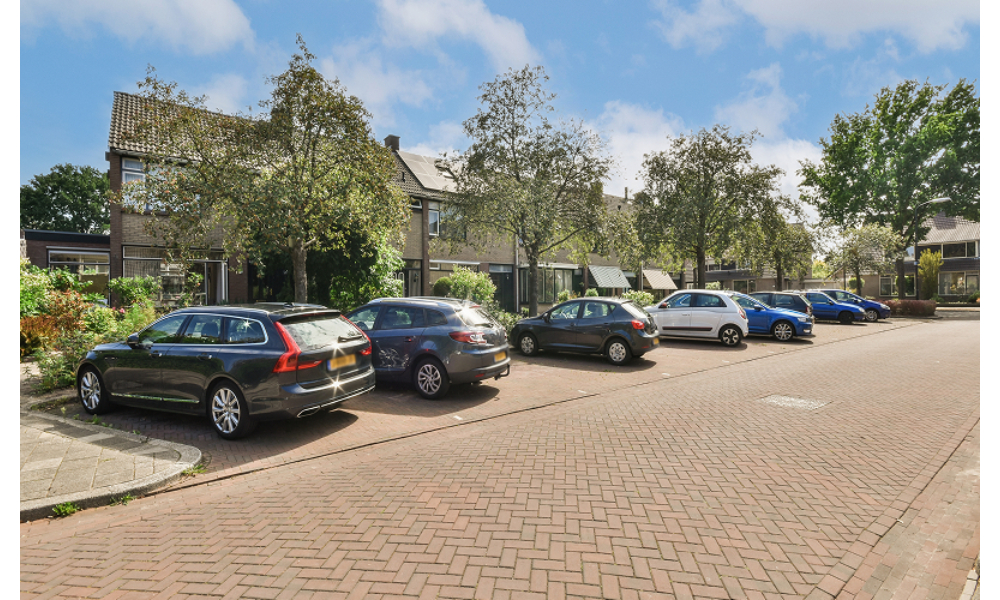
Managing insurance for a household with more than one vehicle is far more complex than securing a single policy. This situation is a constant dilemma for families in Singapore who often own multiple cars for varied purposes: commuting, family use, or leisure. Since each vehicle carries different risks and usage profiles, Singapore’s insurance brokers play a key role in structuring policies that balance cost efficiency with adequate protection. Their role is to interpret insurers’ terms, match them against client needs, and create packages that address coverage overlaps and gaps.
Assessing Risk Profiles Across Different Vehicles
Every vehicle within a multi-car household has a unique risk profile. A family’s primary car used for daily commuting has different exposure compared to a secondary vehicle that is driven only occasionally. High-performance cars or those with advanced technology may also attract higher premiums. Insurance brokers assess these factors and compare policies to ensure each vehicle is insured according to its actual risk level. By doing so, they help households avoid overpaying for cars with minimal use while securing comprehensive protection for vehicles with higher exposure.
Consolidating Policies for Cost Efficiency
Many families initially purchase insurance policies individually for each vehicle, which often results in duplicated coverage and higher costs. Brokers step in to consolidate these arrangements, negotiating multi-car discounts where available or aligning renewal dates to streamline management. Their access to multiple insurers allows them to compare structures that offer bundled auto coverage benefits without compromising on claim efficiency. This approach not only lowers premiums but also simplifies administration, reducing the likelihood of missed payments or lapses in coverage.
Balancing Coverage Types Within the Household
The choice of coverage type becomes critical in households with multiple drivers. Comprehensive coverage may be necessary for new or expensive vehicles, while third-party fire and theft policies may be more suitable for older cars. Insurance brokers help families evaluate these choices objectively. They also consider additional elements such as named driver clauses, young driver surcharges, and no-claims discount protection. Brokers prevent unnecessary duplication of expensive add-ons while ensuring that liability and damage risks are fully addressed by tailoring auto coverage across the household.
Addressing Usage Scenarios and Shared Driving
Multi-car households frequently share vehicles among family members, which complicates risk assessment. Younger or inexperienced drivers using high-value cars pose a significant risk to insurers. Brokers carefully advise households on structuring their policies to account for shared driving arrangements, ensuring that coverage remains valid in case of accidents. They, in some cases, may recommend policies that allow open driver coverage or negotiate flexible clauses to avoid disputes during claims. This proactive approach prevents coverage denial, a common issue when households overlook the fine print.
Navigating Claims Across Multiple Policies
Once accidents involve more than one vehicle in the same household, claim processing becomes highly complex. Brokers add value by coordinating communication with insurers, ensuring claims are not unfairly denied or delayed. Their knowledge of exclusions and policy overlaps helps clients avoid disputes, particularly where liability must be divided. This guidance is critical in the city-state, where high repair costs and accident liability laws make efficient claims handling a significant concern for families with multiple cars.
Preparing for Future Trends in Auto Coverage
The insurance landscape is evolving with the rise of electric vehicles, telematics, and increasing environmental risks. These developments add another layer of complexity for multi-car households. Insurance brokers monitor these trends closely to ensure families are not left with outdated policies. They provide insights on how insurers treat hybrid or electric cars differently, including battery replacement coverage and roadside assistance considerations. Brokers future-proof household auto coverage strategies by anticipating these changes, ensuring adaptability in a shifting market.
Conclusion
Managing multiple vehicles under one household requires more than simply holding separate policies. The expertise of Singapore’s insurance brokers allows families to secure tailored auto coverage that is cost-effective, comprehensive, and adaptable to varied needs. Through risk assessment, policy consolidation, and proactive claims management, brokers provide the clarity and structure that households need to navigate an increasingly complex insurance market. Leveraging a broker’s expertise is not just convenient; it is essential for families balancing multiple vehicles.
Contact eazy to secure comprehensive protection across all your vehicles.







